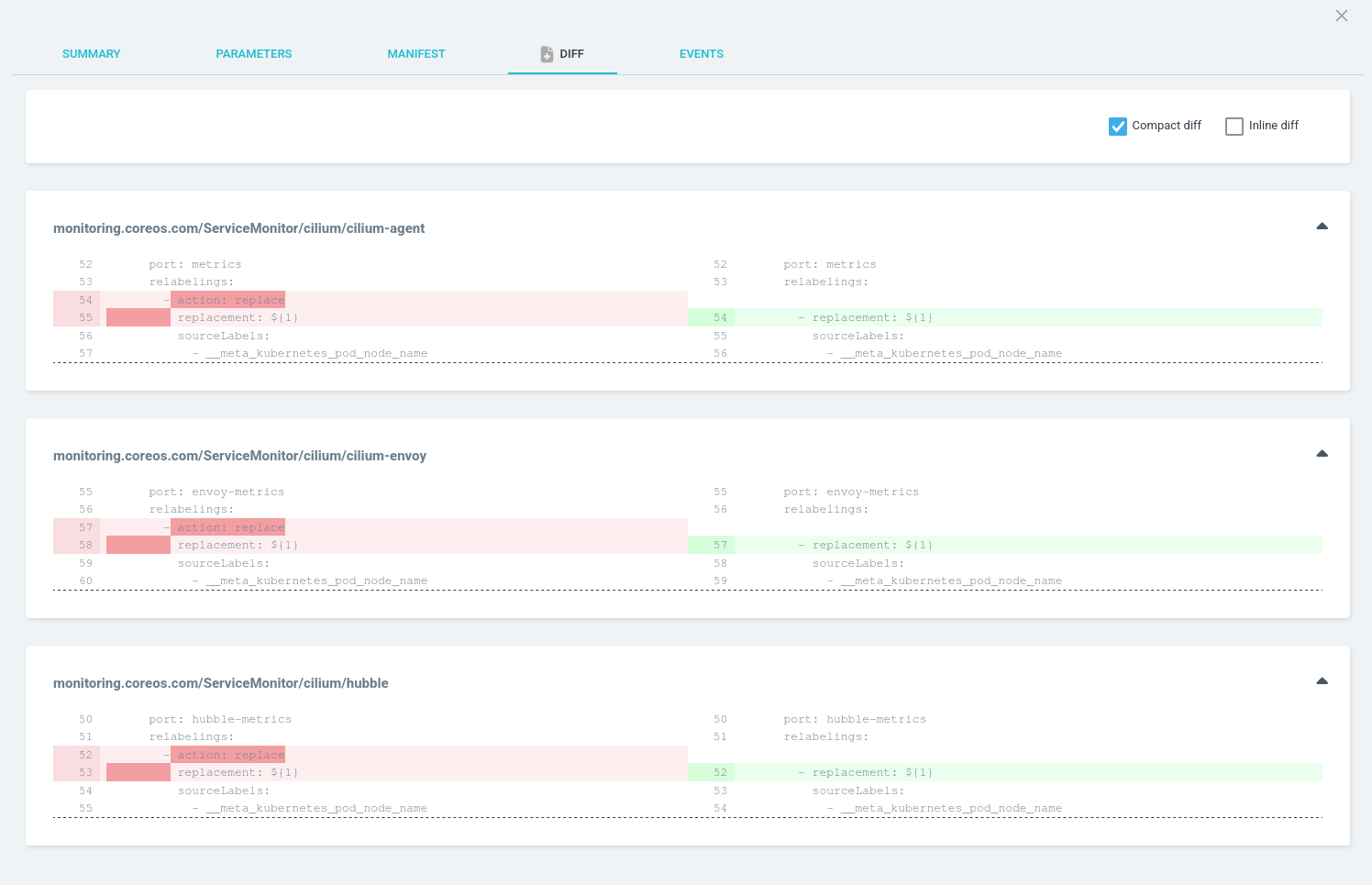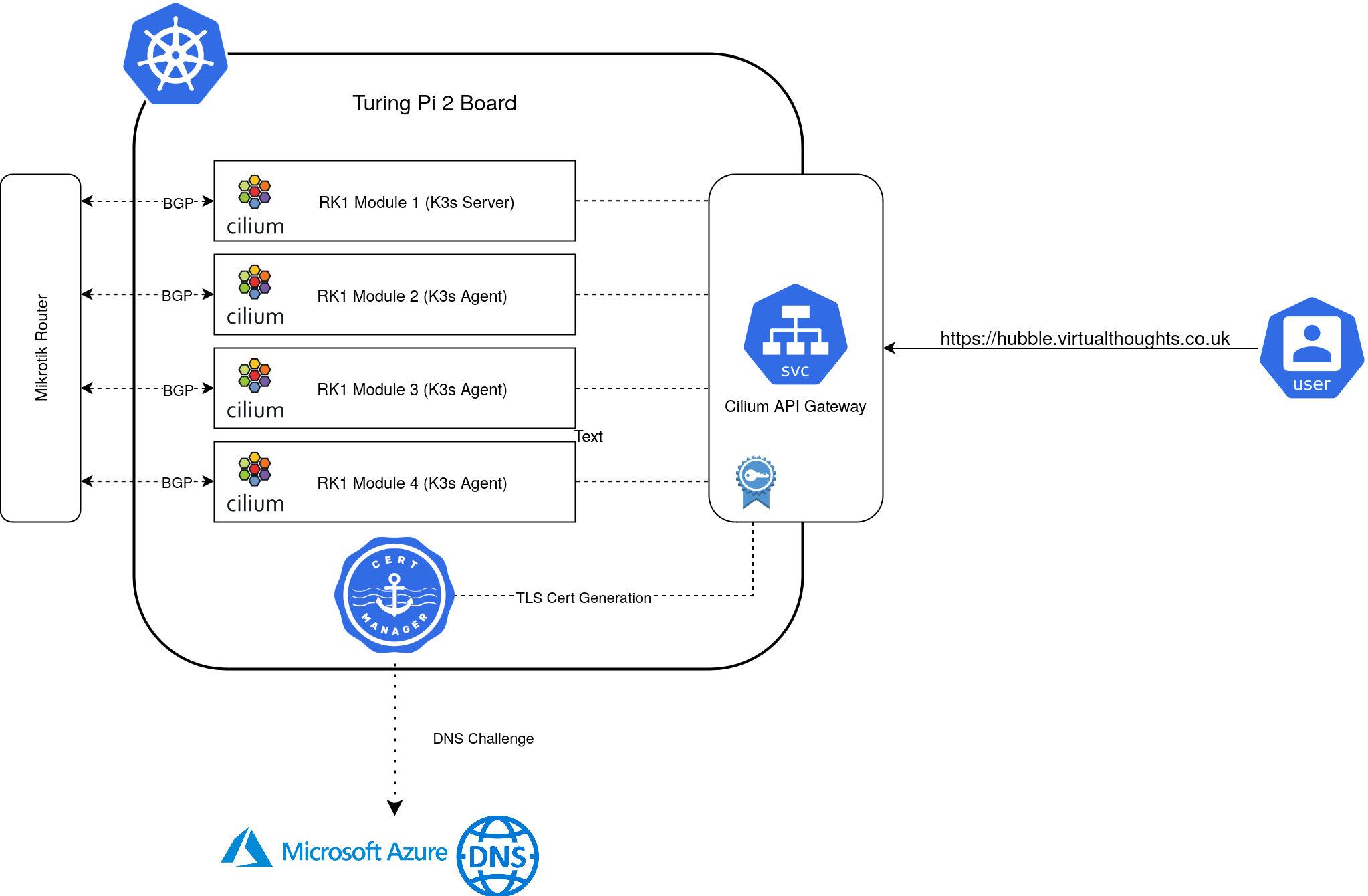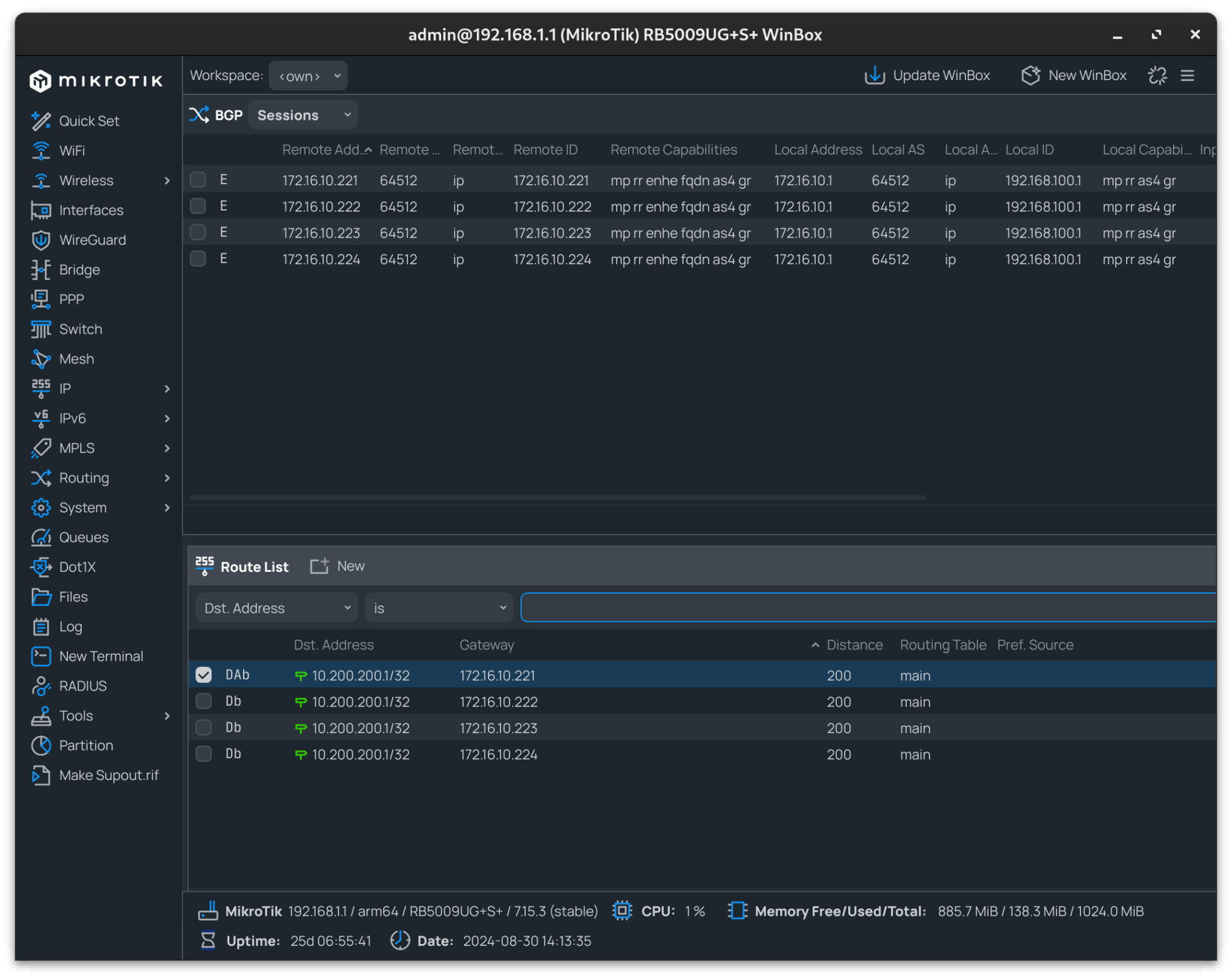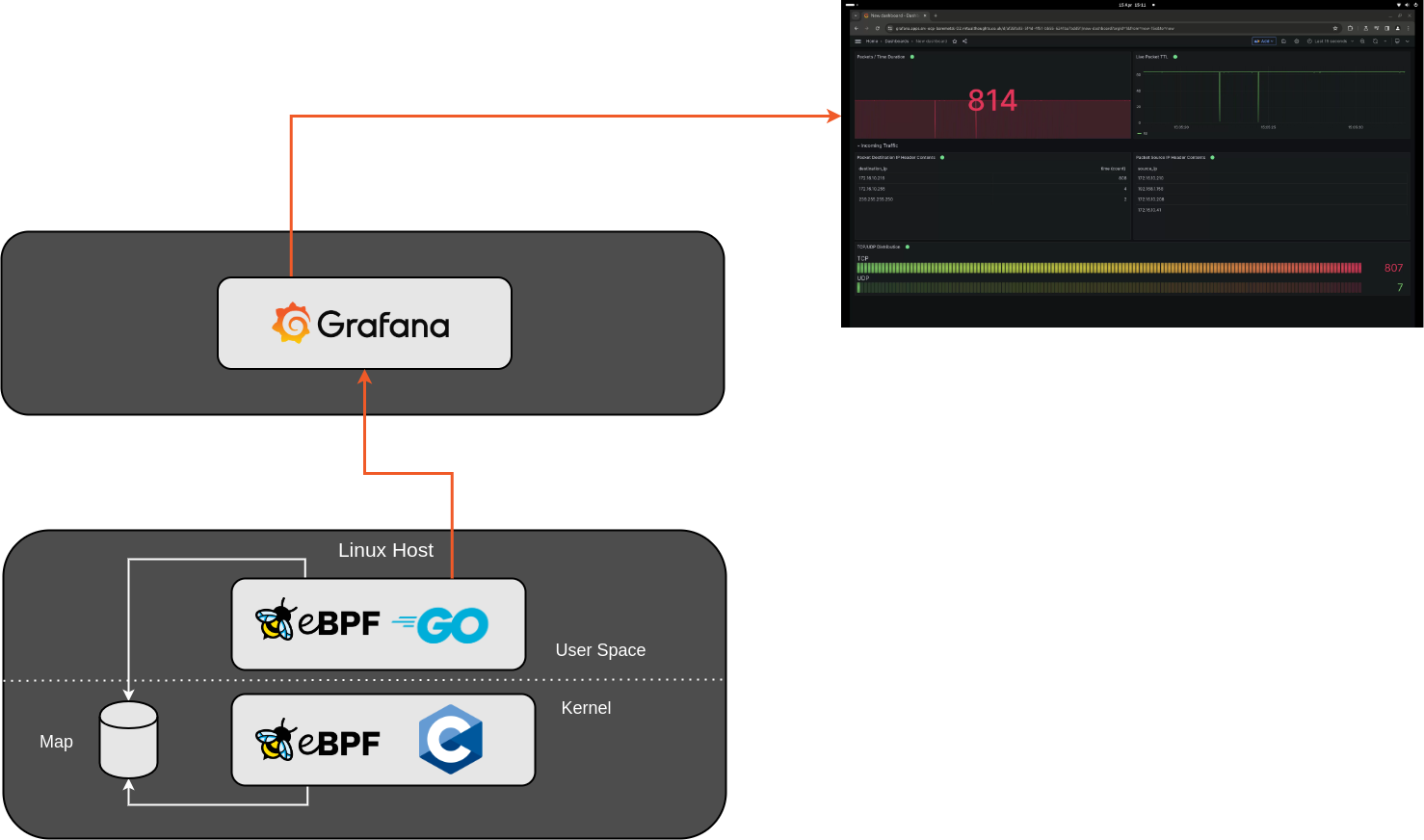In a recent attempt to automate my homelab cluster (ref), I now manage all of my cluster applications using ArgoCD, including cilium. I also leverage applicationSet objects in ArgoCD as an app-of-apps pattern.
After a Cilium update however, it would fail to sync:

One way to address this is to add `ServerSideApply=true` to the the resulting application manifest:
apiVersion: argoproj.io/v1alpha1
kind: ApplicationSet
metadata:
name: bootstrap-applications
namespace: argocd
spec:
goTemplate: true
goTemplateOptions: ["missingkey=error"]
generators:
- git:
repoURL: 'https://github.com/David-VTUK/turing-pi-automation.git'
revision: HEAD
directories:
- path: 'argocd-apps/helm-charts/import-from-cluster-standup/*'
template:
metadata:
name: '{{ .path.basename }}'
spec:
project: default
source:
repoURL: 'https://github.com/David-VTUK/turing-pi-automation.git'
targetRevision: HEAD
path: '{{ .path.path }}'
helm:
valueFiles:
- values.yaml
destination:
server: 'https://kubernetes.default.svc'
namespace: '{{ .path.basename }}'
syncPolicy:
automated:
prune: true
selfHeal: true
syncOptions:
- CreateNamespace=true
- ServerSideApply=true
The downside to this, however, is all applications from this applicationset will inherit this value, which is less than ideal.
Template Patches
TemplatePatch can be used in conjunction with ApplicationSet to selectively make changes to the resulting application based on specific criteria:
# Several lines omitted for brevity
apiVersion: argoproj.io/v1alpha1
kind: ApplicationSet
metadata:
name: bootstrap-applications
namespace: argocd
spec:
template:
templatePatch: |
{{ if eq .path.basename "cilium" }}
spec:
syncPolicy:
syncOptions:
- ServerSideApply=true # required to avoid the "annotations too long error"
- CreateNamespace=true
{{- end }}
After a resync the previous error is resolved, but Cilium would not be in sync:

Which is noted in a GitHub issue
To address this, templatePatch can be extended to ignore these by leveraging ignoreDifferences.
# Several lines omitted for brevity
apiVersion: argoproj.io/v1alpha1
kind: ApplicationSet
metadata:
name: bootstrap-applications
namespace: argocd
spec:
template:
templatePatch: |
{{ if eq .path.basename "cilium" }}
spec:
ignoreDifferences:
- group: monitoring.coreos.com
kind: ServiceMonitor
name: ""
jsonPointers:
- /spec
syncPolicy:
syncOptions:
- ServerSideApply=true # required to avoid the "annotations too long error"
- CreateNamespace=true
{{- end }}





